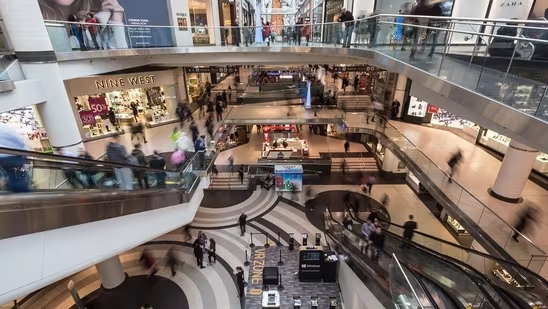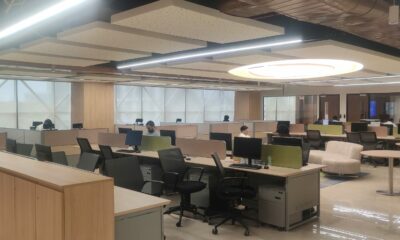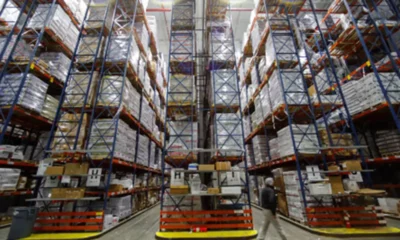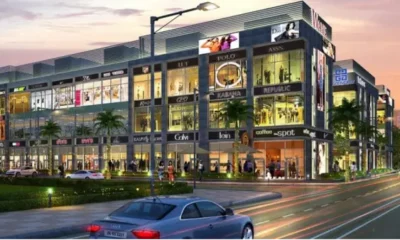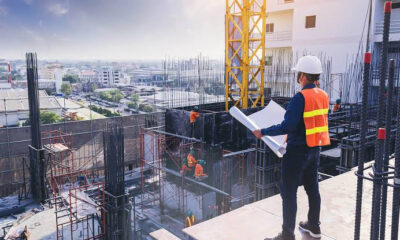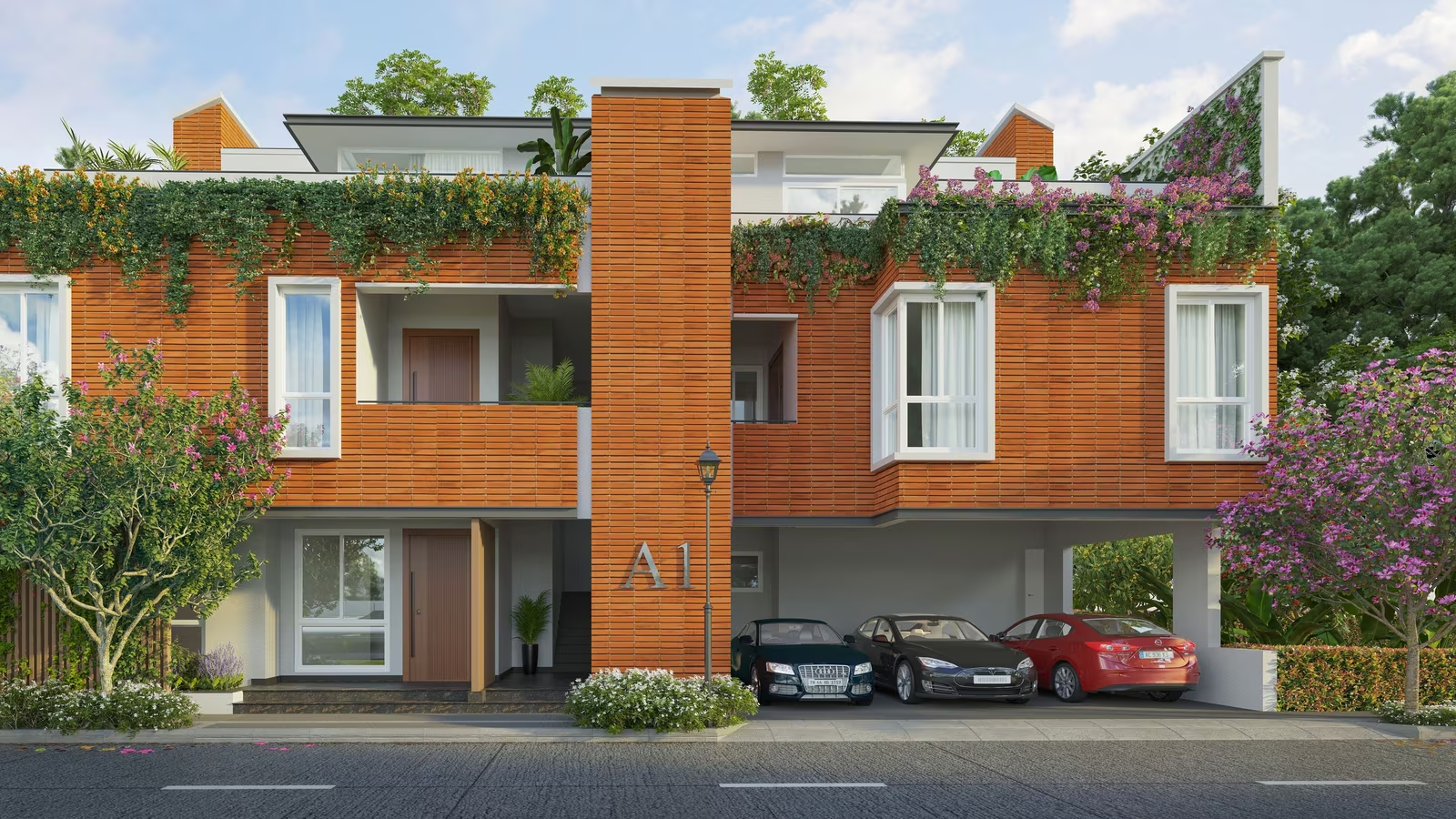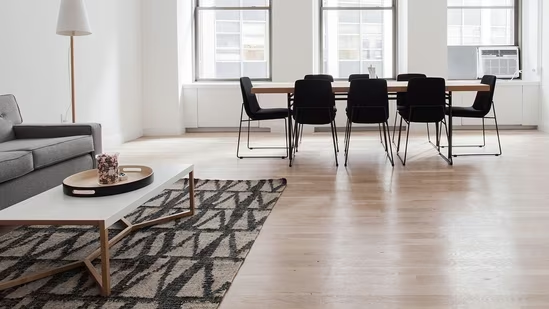Report
Strong recovery seen across real estate in Q3 2021; Residential at the forefront of revival: CBRE report
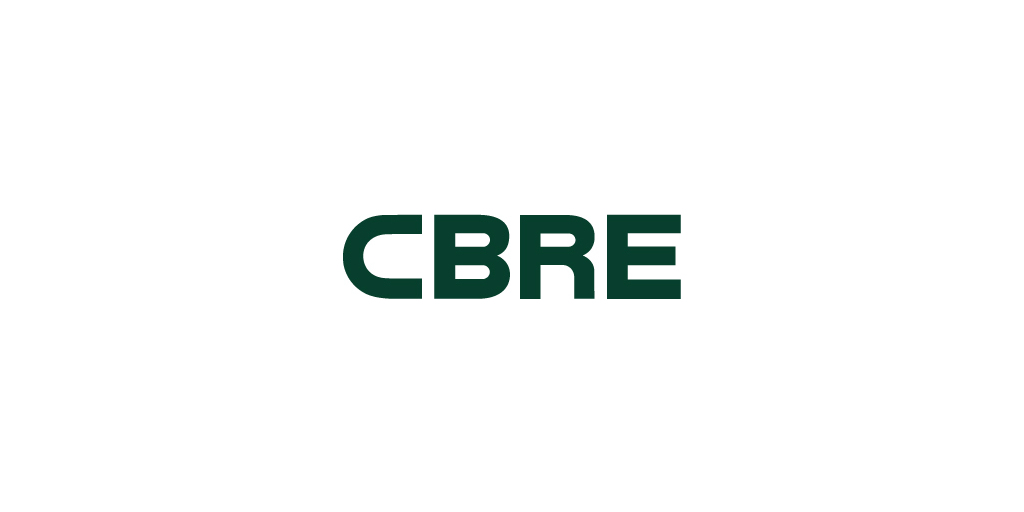

India, 09 Nov 2021: Real estate consulting firm, CBRE South Asia on Tuesday announced the findings of its ‘India Market Monitor – Q3 2021’. The report discusses the growth, trends, and dynamics across various segments in the real estate sector in India.
According to the report, housing sales jumped nearly 46% Q-o-Q to 50,000 units in Q3 2021 and sales rebounded significantly by approximately 86% y-o-y on a YTD basis. Office leasing activity reached 13.5 million sq. ft. in Q3 2021 growing at about 140% Q-o-Q, with the YTD number reaching 25 million sq. ft. for the key cities. With 3PL and E-commerce fuelling demand, the Industrial & Logistics leasing activity crossed 9 million sq. ft. in Q3 2021, growing at about 6% Q-o-Q and touching 23 million sq. ft. for 9 months 2021.




Residential – Sustained attractive mortgage regime and government incentives led to strong sectorial recovery:
- Pune led housing sales in Q3 2021 with 33%, followed by Mumbai (23%), Bangalore (17%) and Hyderabad (13%)
- At 47% and 31%, mid segment and affordable/ budget respectively were the dominant growth driver of sales in Q3 2021
- New project launches jumped by nearly 37% Q-o-Q to reach 48,950 units in Q3 2021
Market Outlook:
- Mid-end and affordable segments to continue driving sales; state government incentives and an enabling mortgage regime to reinforce upward momentum.
- Rental housing to get a boost post the implementation of the Model Tenancy Act, thereby creating an alternate asset class for developers; fillip expected for co-living and student housing segments.
- Increased appetite from millennials and first-time home buyers; larger unit sizes and plotted developments to gain momentum.
- Project execution capabilities and cashflow management would be critical; stress funds to witness increased traction.
- Appreciation of commodity and asset prices as well as hardening of interest rates – key risks that could limit growth in sales.
Office – Recovery strengthened as occupier decision making picked up. Supply addition in Q3 2021 touched nearly 13.5 million sq. ft. growing by about 30% Q-o-Q:
- Small- to medium-sized deals (up to 50,000 sq.ft.) dominated space take-up with a share of almost 80% in Q3 2021
- Hyderabad, followed by Delhi NCR and Mumbai dominated supply, with a combined share of 84%
- Hyderabad, Bangalore and Mumbai closely followed by Delhi-NCR led demand and accounted for over 80% of total absorption.
Market Outlook:
- As mobility improves and a comeback to the physical office environment picks up, overall absorption is expected to grow.
- As occupiers recognise the significance of the physical office as a centre for collaboration, connection and culture; a shift in workplace design is likely with more allocation to ‘we’ space over ‘me’ space.
- Occupiers are expected to incorporate more flexible spaces while re-optimising their portfolios with the realignment of ‘core + flex’ themes.
- Despite an increased appetite for hybrid work, the frequency of remote working is anticipated to be low (such as once a month); occupiers are also likely to determine their remote working eligibility post ‘return-to-office’ strategies.
- Developers are expected to enhance existing assets through better amenities, sustainability and health & safety measures, technological upgradation to improve occupancies.
- Investors are expected to take note of strong occupiers’ expansion intentions and monitor working patterns in their assets I portfolios; office assets to continue to remain high on the investor radar
Industrial & Logistics – Warehouse leasing activity witnessed a 6% Q-o-Q growth and crossed 9 million sq. ft. in Q3 2021. Space take-up for the first nine months of 2021 reached 23 million sq. ft.
- Medium-to-large sized deals dominated the leasing activity with a share of 55%.
- Bangalore led I&L demand with a share of 32%, followed by Delhi (22%) and Mumbai (12%).
- Leasing momentum expected to remain strong on the back of demand by 3PL players and e-commerce sectors.
I&L Market Outlook:
- Overall supply to cross 25 mn sq. ft by the end of 2021, while space-take up to cross 32 million sq. ft. in 2021.
- Occupiers are expected to display a strong inclination towards high-quality warehouses located near consumption hubs.
- Global / domestic investors to target both greenfield and portfolio acquisitions – leading to an increase in I&L investment quantum.
- Increased focus on automation / modern logistics facilities and speedy project completions to be key for developers to accommodate surging demand.
Retail – Retail leasing activity touched 0.6 million. Sq. ft. in Q3 2021 across Grade A malls and high streets, witnessing a Q-on-Q growth of nearly 165%
- Leasing activity was led by Hyderabad (38%) followed by Delhi-NCR (26%) and Bangalore (12%)
- Fashion & Apparel, and Supermarkets were the major growth drivers for the retail segment – contributing 26% and 16% to the demand in Q3 2021
Market Outlook:
- Lease structures between landlords and retailers are expected to continue to evolve with a greater emphasis on partnerships
- Retailers are expected to go beyond malls and expand footprint in high streets, mixed use, and standalone buildings
- Retailers are likely to undertake digital enhancement of stores to enrich the consumer experience and improve store performance
- Accelerated adoption of omnichannel by retailers to carer to the rapid growth of e-commerce and dramatic shift in consumer demand
Store designs likely to evolve in-tandem with a shift in consumer behaviour through re-shuffle in space allocation
-



 News4 weeks ago
News4 weeks agoKW Delhi 6 Mall Onboards New Brands
-



 News4 weeks ago
News4 weeks agoManasum Senior Living Launches IKIGAI GOA, A Senior Living Community in North Goa, in collaboration with Prescon Homes
-



 News4 weeks ago
News4 weeks agoBridging India Divide: Top 5 Tier- 2 Cities to Focus On
-



 News4 weeks ago
News4 weeks agoCommercial Realty Gets Tech Savvy: Fast Construction, Enhanced Convenience
-



 News3 weeks ago
News3 weeks agoGodrej Properties Sells Rs 3k cr+ Homes of Godrej Zenith, Gurugram, within 3 days
-



 News4 weeks ago
News4 weeks agoMultipoint Connection – A Definite Boon
-





 News3 weeks ago
News3 weeks agoRBI’s Status Quo on Key Policy Rates to Help Maintain the Real Estate Growth Momentum, Say Industry Stalwarts
-



 News2 weeks ago
News2 weeks agoOlive Announces Dhruv Kalro as Co-Founder








